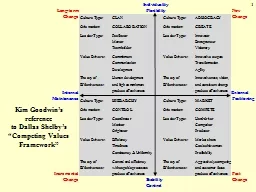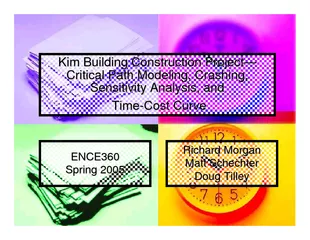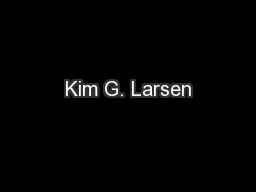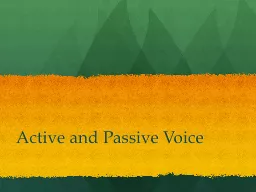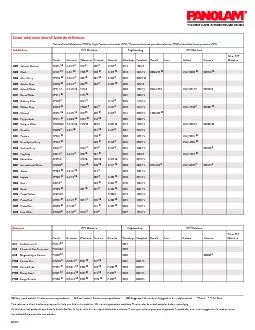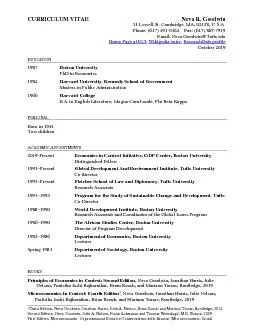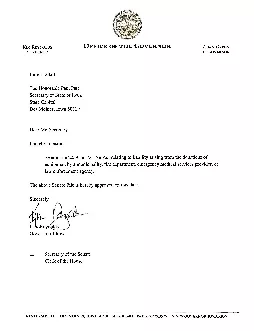PPT-Kim Goodwin’s reference
Author : tatiana-dople | Published Date : 2018-09-22
to Dallas Shelbys Competing Values Framework 1 You can write them on paper but they are only words The words have significance only if behaved Behaviors have significance
Presentation Embed Code
Download Presentation
Download Presentation The PPT/PDF document "Kim Goodwin’s reference" is the property of its rightful owner. Permission is granted to download and print the materials on this website for personal, non-commercial use only, and to display it on your personal computer provided you do not modify the materials and that you retain all copyright notices contained in the materials. By downloading content from our website, you accept the terms of this agreement.
Kim Goodwin’s reference: Transcript
Download Rules Of Document
"Kim Goodwin’s reference"The content belongs to its owner. You may download and print it for personal use, without modification, and keep all copyright notices. By downloading, you agree to these terms.
Related Documents

